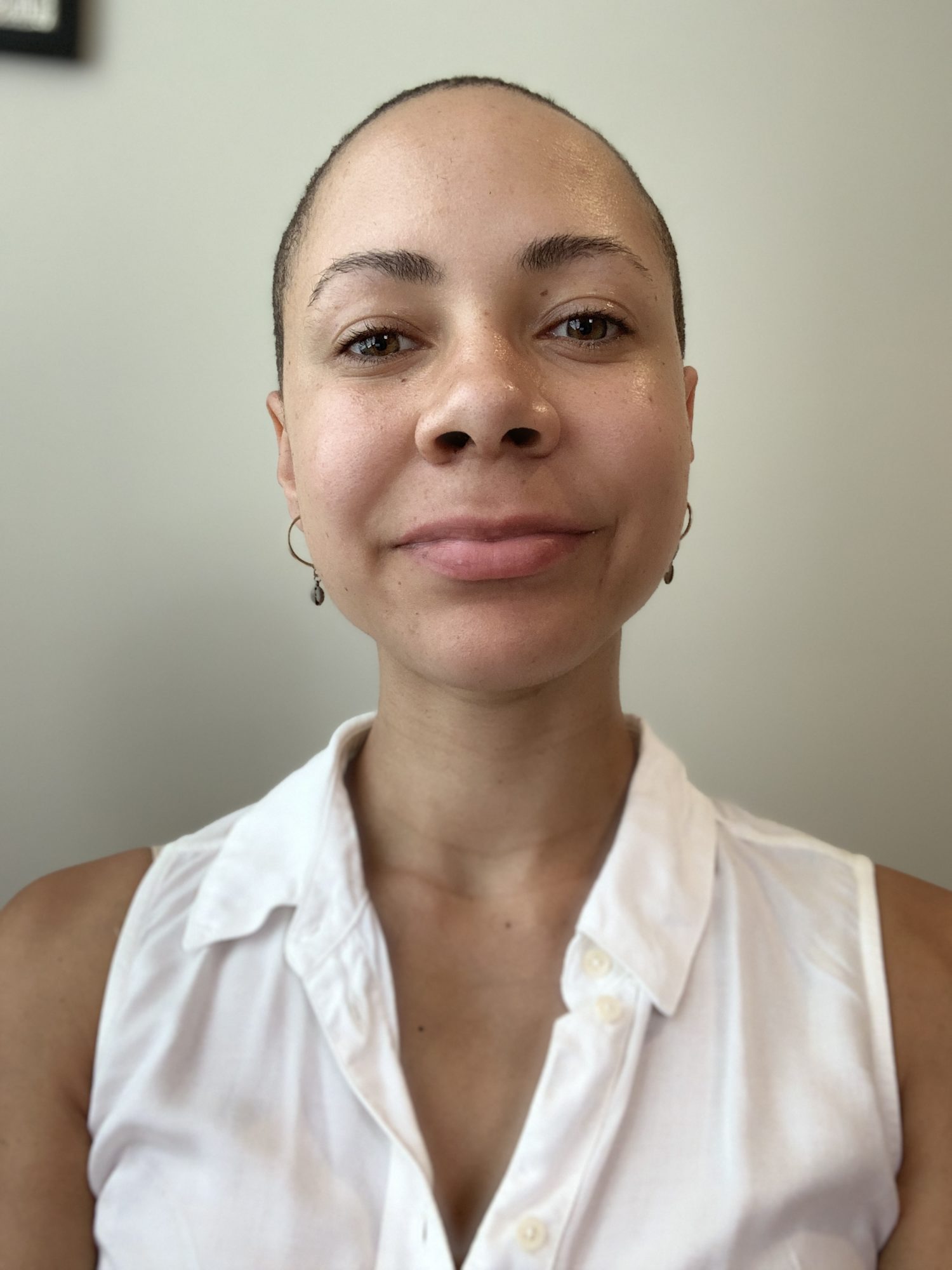Now more than ever, consumers are paying attention to how brands tell their stories – particularly, who is being included and excluded. And how.
Consumers are diverse so for brands to effectively connect with them, their messaging must authentically reflect a range of backgrounds and experiences.
Going beyond a way to connect with consumers, it is imperative to note that the way organisations communicate, through both word and visual avenues, is not neutral. It either reflects the population it exists within, or it doesn’t – reinforcing discrimination and marginalisation.
As communications professionals we therefore have an important role to play when it comes to diversity, equity and inclusion. We have the power to tell brands’ stories inclusively.
Here are some of the ways we can make this happen:
Pictures are worth a thousand words
As you select photos, think through who is being represented. Photos are not just photos, they are powerful snapshots of normalcy, beauty and acceptability. Snapshots of who belongs.
We are surrounded by images of people – on social media, websites, television, print advertisements. However, the majority of the photos we consume in our daily environment feature caucasian people that are typically skinny, heterosexual and able-bodied. This is not an accurate reflection of reality and perpetuates the idea that anyone that doesn’t look like this is not normal, beautiful or acceptable.
As communications professionals, taking that bit of extra effort to choose and create images that are more diverse and inclusive goes a long way. The more we showcase real people, the greater our ability to engage our audience will be and the more inclusive our culture will become.
Hip hip hooray
It’s common to create social media, publicity and marketing content around major holidays and events such as Christmas. However, to follow this example, we need to be mindful of the large percentage of Australians that don’t celebrate Christmas. A simple switch from ‘Merry Christmas’ to ‘Seasons Greetings’ or ‘Happy Holidays’ makes it much more inclusive.
Another common occurrence is for brands to want to acknowledge holidays focused on marginalised groups, for example Mardi Gras celebrated by the LGBTQ community. However, it is critical that this acknowledgement is genuine, not rooted in performance and optics. It needs to be reflected in hiring practices and even investments in organisations that help to uplift these communities.
Whose story is it anyway
At Blue Planet PR, we have worked with many not-for-profit organisations. When working with clients in this space, it is extremely important that we communicate without exploitation.
Some of the questions that need to be asked when telling the stories of social impact organisations include whether we are telling the story in a way that reinforces harmful stereotypes or stigmas, and if the story is becoming overly simplistic or sensationalised at the cost of the human at the center of the story.
Behind the scenes
Communications professionals need to be highly attuned to how campaigns will be perceived by stakeholders. Of course the best way to do this is to have a diverse and inclusive team.
We would love to hear what you are doing to make your work as a communications professional more diverse and inclusive, leave a comment on our latest IG post: @blueplanetpr.





